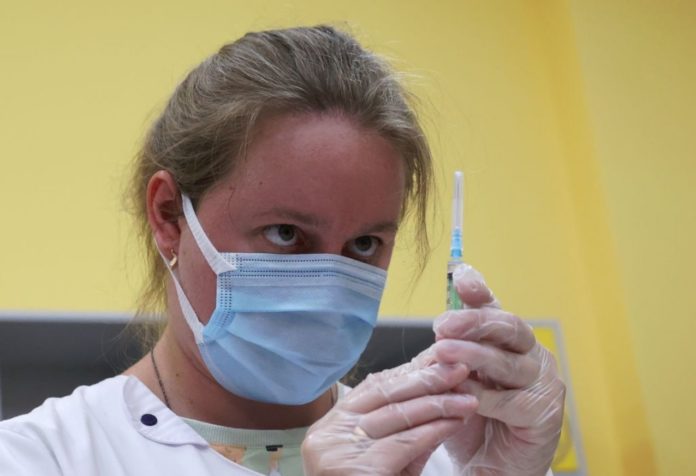Most individuals are acquainted with the sensation of a needle penetrating their skin, particularly since COVID-19 vaccines have gained popularity lately. But what happens when a needle pierces the skin?
In a recent article published in the Journal of the Mechanics and Physics of Solids, scientists revealed the answer.
When Mattia Bacca, an assistant professor at the University of British Columbia, is confronted with a mechanical engineering issue, he frequently turns to nature for solutions, such as how a gecko can adhere to a surface with its pads on its toes, or how an ant can cut through a leaf many times its size.
- Scientists in Fear of This New Predator From Red Sea Eating Native Species in Mediterranean
- Does This Mean We Stopped Being Animal and Started Being Human Due to ‘Copy Paste’ Errors?
- The One Lifestyle Choice That Could Reduce Your Heart Disease Risk By More Than 22%
- Aging: This Is What Happens Inside Your Body Right After Exercise
- Immune-Boosting Drink that Mimics Fasting to Reduce Fat – Scientists ‘Were Surprised’ By New Findings
Dr Bacca and PhD candidate Stefano Fregonese used bioinspired engineering to address the hitherto unsolvable issue of how the mechanics of piercing operate on delicate materials like skin.
“Cutting is ubiquitous in our survival and daily lives,” Bacca explained.
“When we chew food, we cut tissue to make it digestible. Almost every species in the animal kingdom evolved with the ability to cut tissue to feed and defend, hence have acquired remarkable morphological and physical features to allow this process efficiently.”
They developed a mechanical hypothesis to calculate the crucial force needed for needle insertion—the pivotal puncture phenomena. From dimensional arguments to finite element analysis, their work offers a simple, semi-analytical model to explain the process.
The mechanisms involved in cutting soft tissue have only recently received attention in engineering, beginning with research into the characteristics of rubber. Previous methods used physical tests that couldn’t completely quantify the deformations and complicated failure processes involved in breaking through the surface of a soft material to estimate the force required to enter a needle into tissue after its first puncture.
The new model developed by Fregonese and Bacca, on the other hand, can finally anticipate the puncture force and verify it using past tests.
They found that the force required to insert a needle is related to tissue hardness and scales inversely with needle radius, implying that thinner needles need less effort. Despite the fact that both of these findings are intuitive, they yielded quantifiable results.
The function of material stiffness in this process, on the other hand, seems paradoxical. Puncture force scales inversely with tissue stiffness, with softer tissue needing more force (at same toughness). Additional tests and model improvements are now being carried out by the UBC team in order to delve “deeper” into the physics of this issue.
So far, their findings have come from a variety of animal-related queries. Fregonese initially worked at Dr Bacca’s Micro & Nano Mechanics Lab on research involving the mechanics of adhesion in geckos.
Their new theoretical model may aid engineers in the development of a variety of applications, including protective equipment, food automation processes, and the burgeoning field of robotic surgery.
- Scientists in Fear of This New Predator From Red Sea Eating Native Species in Mediterranean
- Does This Mean We Stopped Being Animal and Started Being Human Due to ‘Copy Paste’ Errors?
- The One Lifestyle Choice That Could Reduce Your Heart Disease Risk By More Than 22%
- Aging: This Is What Happens Inside Your Body Right After Exercise
- Immune-Boosting Drink that Mimics Fasting to Reduce Fat – Scientists ‘Were Surprised’ By New Findings
It may also have an effect on how individuals react to injections in the future, which is something that people who just had their COVID-19 vaccine are thinking about. Future technology may, for example, enable self-administered disposable pads equipped with microneedles, such as those developed by UBC’s Dr. Boris Stoeber, to penetrate skin at the proper depth and force.
Photo by Vyacheslav Prokofyev\TASS via Getty Images
